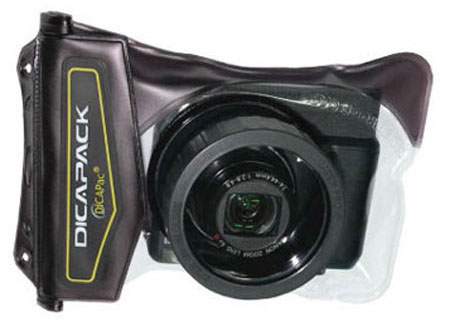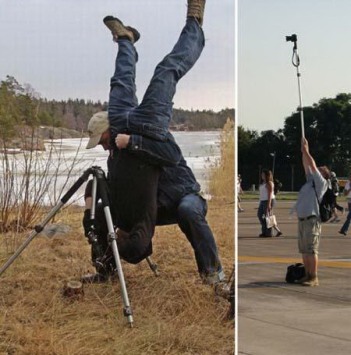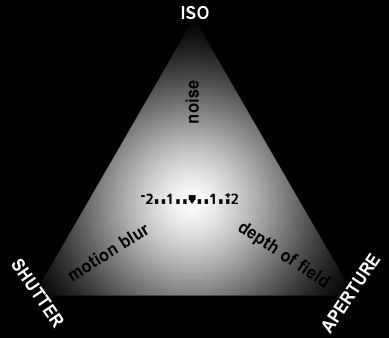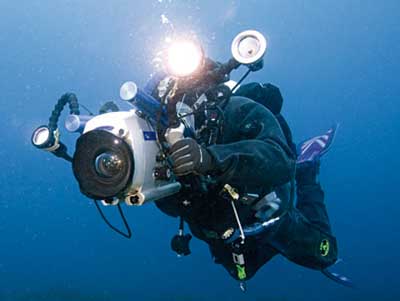
Snorkeling and deep-sea diving has become more and more popular and most anyone can now participate in this sport, especially for those living besides coastal lines, islands, or those vacationing to places like these. With the rapid advancement of digital camera technology, underwater photography can be a new hobby for those diving enthusiasts.
Here are 10 tips to get you started on your underwater photography.
1. Prepare the adequate equipment and underwater case.
Double check all your equipments on the boat before diving in to make sure everything functions normally. Especially check and make sure that the batteries are full. If you’re using an underwater case for your camera, make sure the casing is airtight with no signs of rips or holes.
2. Make sure you familiarize yourself with the diving location beforehand.
It’s best that divers are familiar with the terrain before the diving session. If not, ask in detail of any questions you have to the guide. Find as many information beforehand. If it’s your first time diving at a certain place, it’s advisable to bring a friend or an experienced guide.
By getting to know the terrain beforehand, you’ll be able to estimate the appropriate settings needed while shooting underwater. The depth of the water should also be noted beforehand; so you’ll be able to set the appropriate ISO, filter, and flash strength. This will dramatically ease your photography process once you’ve dived in.
3. Pay attention to your surroundings when you photograph.
Make observations of the area to be photographed to avoid any hazards like:
– Strong waves or currents.
– Slopes or sharp corals. Be aware of your surroundings at all times, especially when photographing macro. Don’t get so wrapped up in the subject that you forget of any hazards around you. Or worse, you may damage surrounding corals that can take decades to grow just 10 cm.
4. Determine the camera and lens that you’ll use.
My it be a macro lens, a wide lens, or standard lens; choose the lens that’ll suit the photo style you’re after. Once you dive in, you definitely won’t have the luxury of exchanging your lenses.
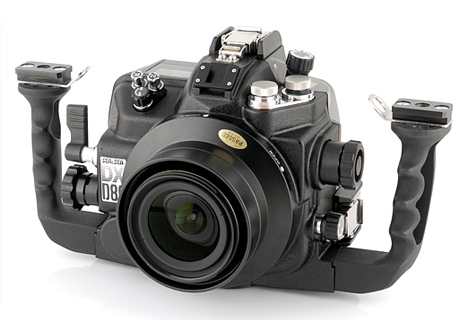

5. Know the limits of your camera.
Each underwater camera or casing has a maximum depth in which they can be safely used underwater. Depths over their designated limits may cause damage to the camera. This is because they possibly can’t stand the water pressure at such depths, then water will start to seep through. The specifications for their depth limits are usually written on the camera body.
6. Increase your skills as a diver.
Your skills as a diver determine how good your photos will turn out because more likely than not, the object you’re shooting will be moving objects. Also, the water currents may affect your body’s balance. If divers can’t keep their balance, it can only mean one thing: blurry photographs!
7. Repeat the shots again and again from different angles.
Because this may be the only chance you get to photograph what you want to photograph, so you better get it right. But these repeats don’t mean you blindly shoot without a second thought. You must always keep in mind of the best camera settings that’ll make for a great photograph. Experiment with different angles, so you’ll have a colorful collection of shots to choose from later on.
8. Focus on the eyes.
When photographing underwater creatures, be sure to focus on the eyes to ensure a sharp and focused image of the subject.
9. Always keep in mind the capacity of your air supply.
Always remember to check your oxygen meter frequently. You wouldn’t want to run out of oxygen just because you were so focused on your photography.
10. Do not do anything that will damage the underwater environment and ecosystem.
Remember to always conserve the underwater environment because it’s a precious asset to our world. Don’t sacrifice nature just so you can get an angle you want. Conservation first!
So have fun, be safe, and be responsible.
